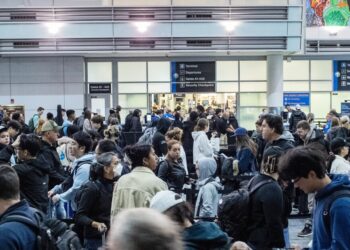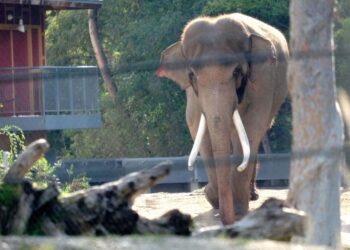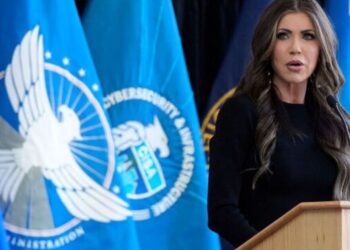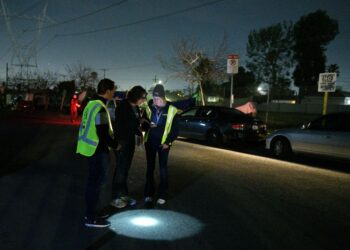By DAVID BAUDER
NEW YORK (AP) — As news outlets get ready for election night, they’re not only focusing on what happens. They’re keeping watch over what doesn’t.
Several plans to combat misinformation are in place across newsrooms that will follow the climax of a hard-fought campaign on Nov. 5. The Associated Press and others will take special steps to explain what they do. The New York Times is assigning reporters to comb the Internet for the first sign of new conspiracies. An NPR reporter will look for mischief created by artificial intelligence. ABC News has tried “pre-bunks” to prepare its viewers.
False stories that infected the political debate after Hurricane Helene this fall were a sobering reminder of how quickly things can spread.
“The biggest thing that I tend to worry about is the speed with which misinformation travels and the lack of control that a news organization — any news organization — has over that,” said Julie Pace, executive editor and senior vice president of The Associated Press.
“The only thing that we can do is make sure that we are filling the space with fact-based information that is as fast and as accurate as humanly possible, to try to ensure that as misinformation is traveling, fact-based reporting is as well,” Pace said.
The AP’s special role on election night includes tabulating the results of hundreds of elections across the country and making calls on winners and losers that takes into account raw data, polling and trends in past races. Throughout the campaign, the outlet has written stories that show how this is done and, on election night, will specifically detail why it made calls for individual states in the presidential contest.
Other organizations are making similar promises, including making clear to people when it’s too soon for conclusions to be drawn. “My mantra on election night is radical transparency,” said Rick Klein, ABC News Washington bureau chief.
They’re making sure news consumers…
Read the full article here







